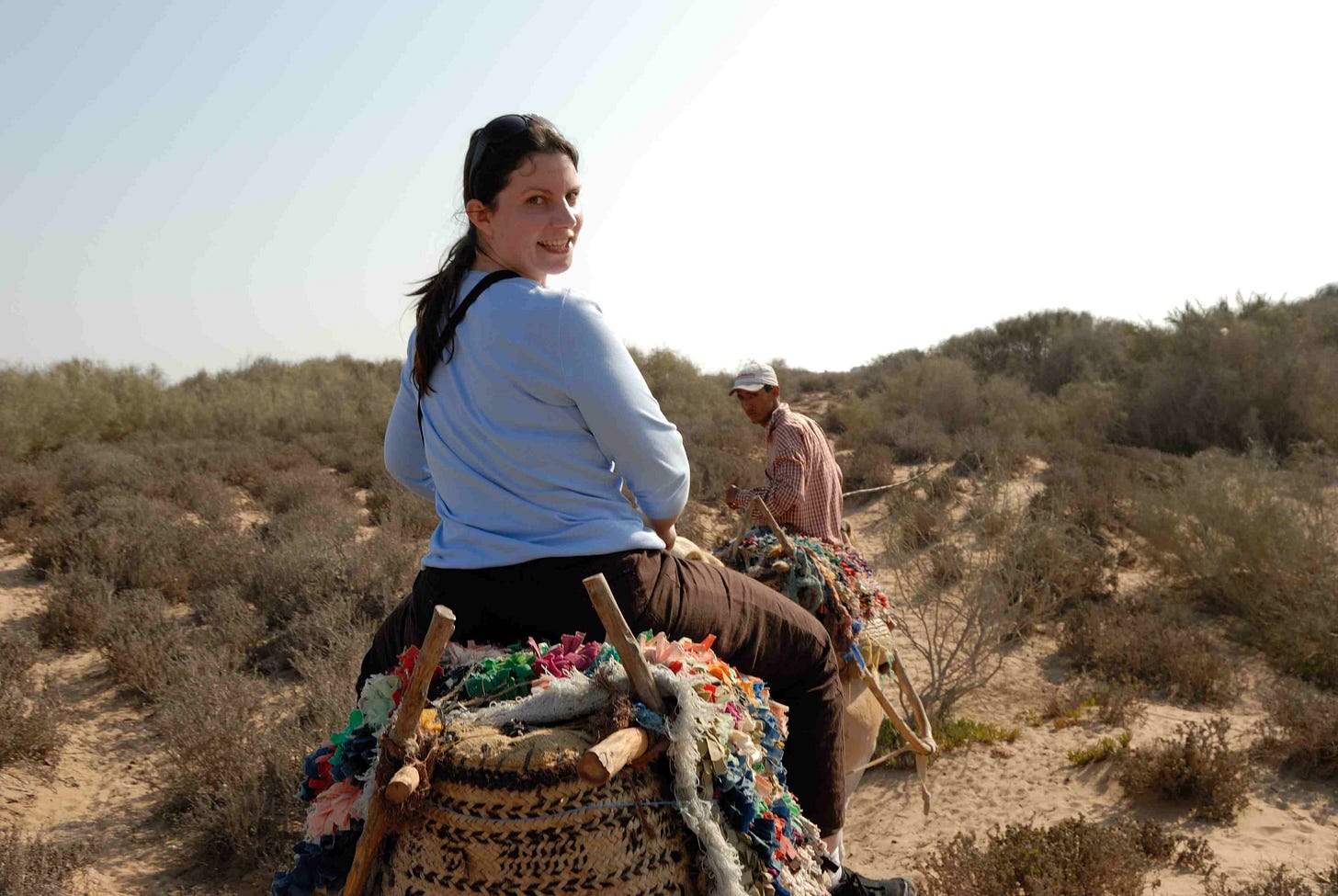I recently met writer, Melissa Addey, who, among other things, writes a series of novels set in 11th century Morocco. We thought it might be interesting to each answer the same questions related to our writing and publishing experiences. Let’s begin with her answers.
Part 1
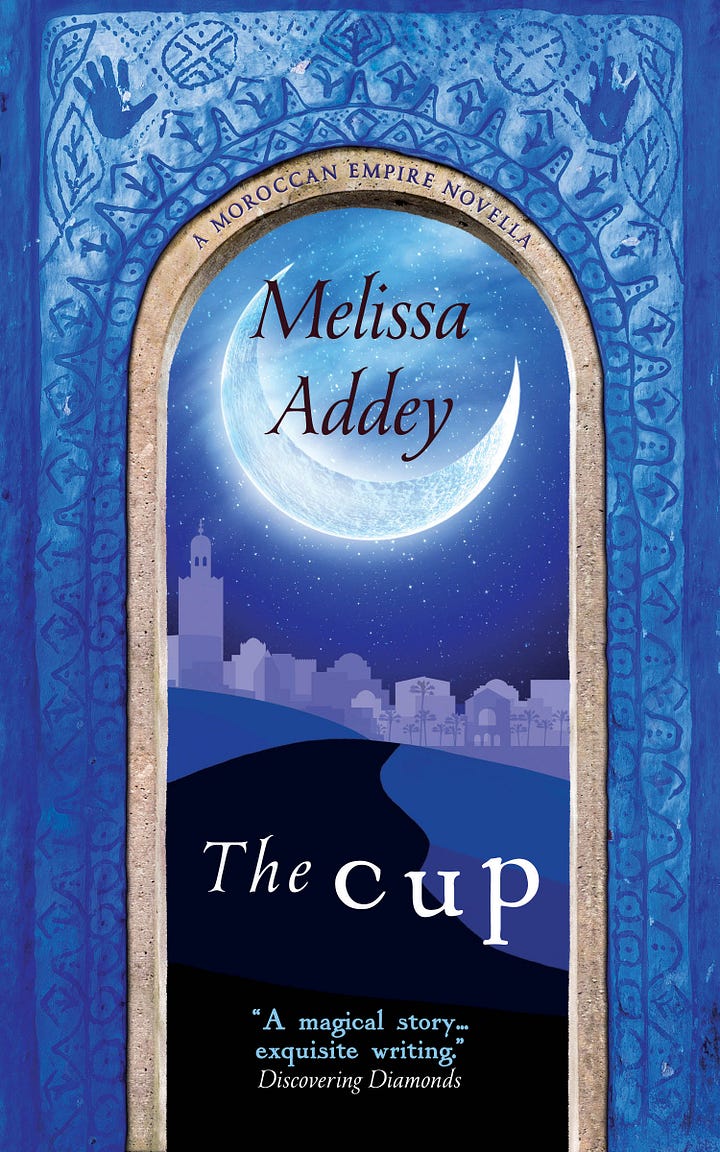
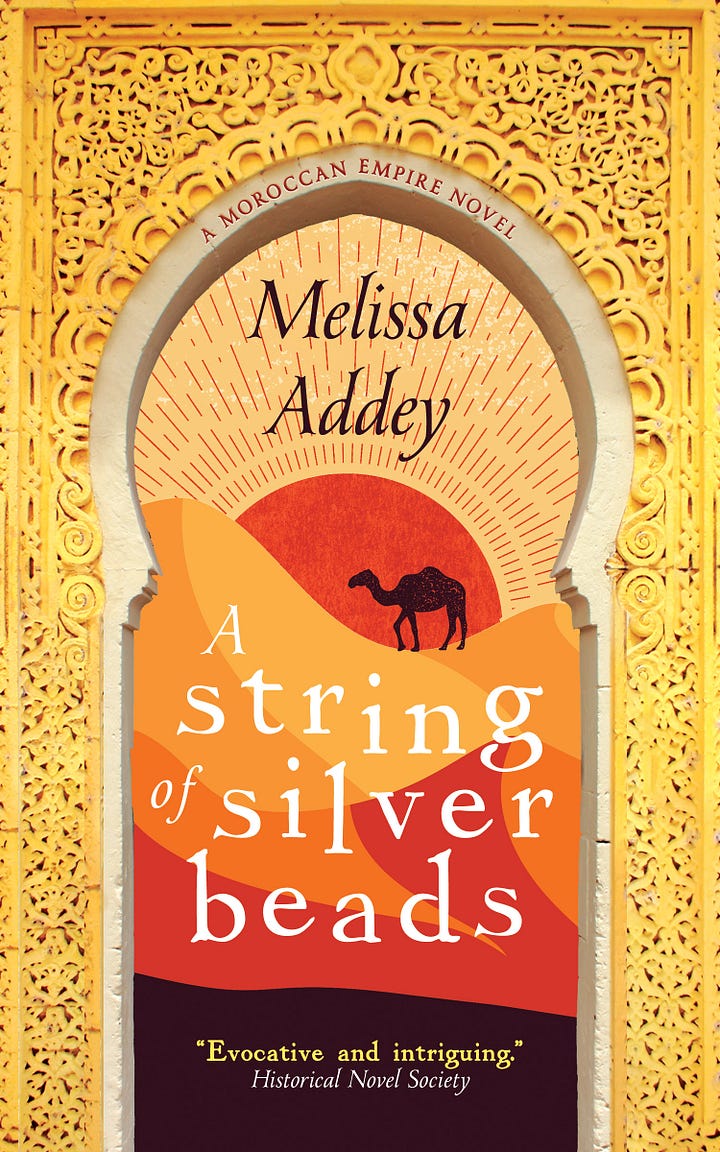
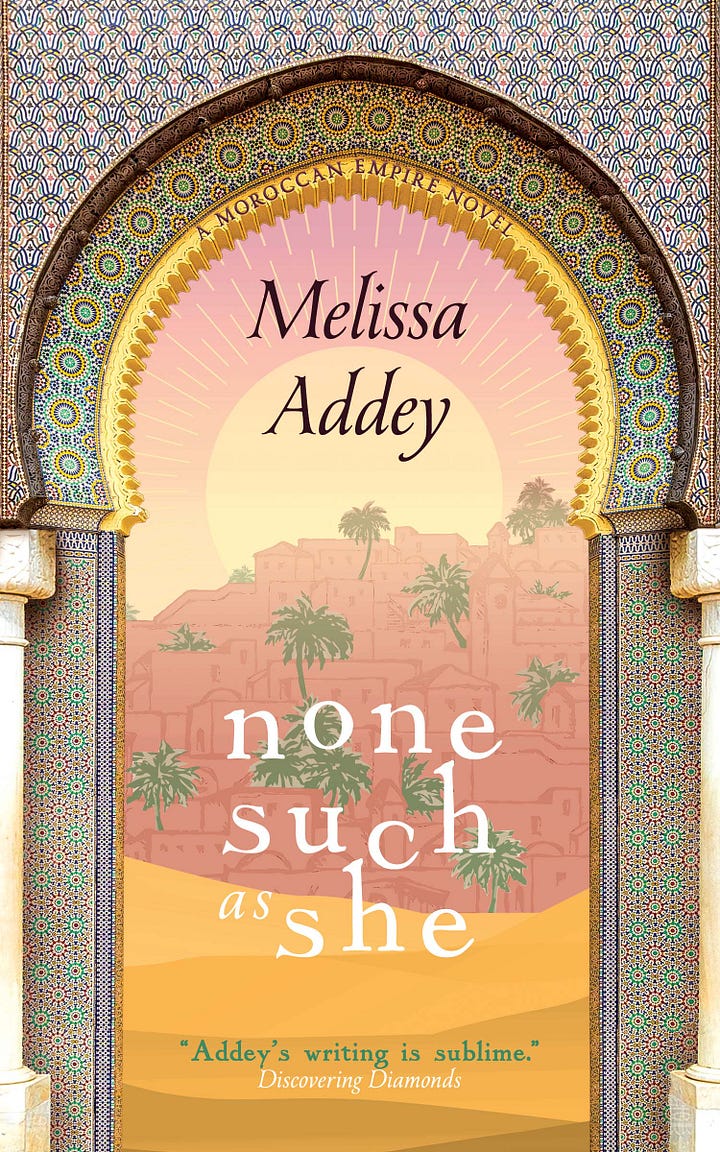
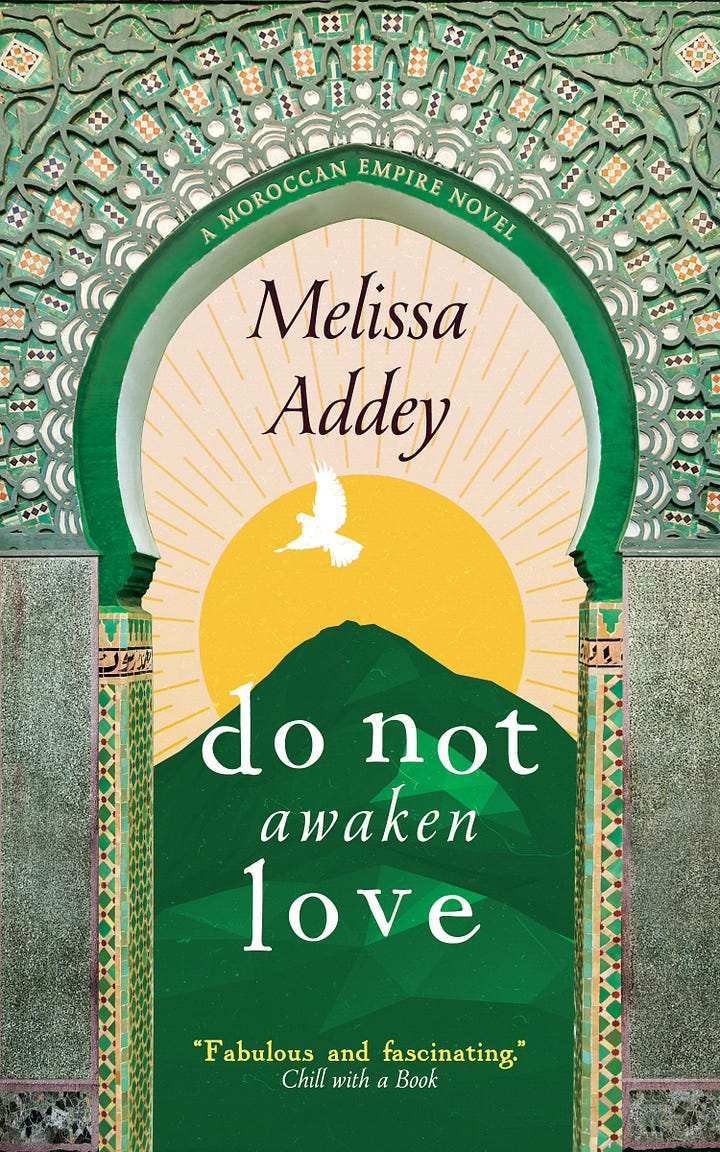
The Moroccan Empire series is made up of three novels and one prequel novella. Each book is told by one woman in medieval Morocco, all linked together as an Islamic empire rises across North Africa and most of Spain. A trader, a queen, the queen’s healer and a Spanish slave who used to be a nun. They are all standalone, but if you read all four you will see things from a different viewpoint and perhaps change your mind about events and characters.
The question slowly being answered is: why would a Muslim ruler leave his newly-founded empire to the son of a Christian slave girl?
What inspired these books?
A trip to Morocco where my guidebook briefly mentioned the importance and beauty of Berber (preferred contemporary name, Amazigh) jewellery, which is beautifully ornate silverwork. I thought how interesting it would be to have a novel about an Amazigh woman where each chapter featured her receiving a piece of jewellery symbolic of that stage in her life (e.g. marriage or having a child), which ended up being A String of Silver Beads. I went looking for a period of Moroccan history into which I could place this idea and came across Yusuf bin Tashfin, a man who created an Islamic empire across the whole of North Africa (previously small tribal states) and a large part of Spain. He did so with an extraordinary queen by his side, Zaynab, who had had a vision that she would marry a man who unite the whole of North Africa (but this took four marriages on her part to come true, unheard of in those times). A 12th century text describes her like this: “In her time there was none such as she - none more beautiful or intelligent or witty ... she was married to Yusuf, who built Marrakech for her...” Yet despite her power and importance (and giving him up to 9 children), Yusuf chose the son he had with a Christian slave girl to be his heir (they didn’t have primogeniture, you chose the child you felt was best for the job). Zaynab’ story became None Such as She (taken from the quote) and her healer/handmaid’s story became The Cup. The ‘Christian slave girl’ got her own story in Do Not Awaken Love. With characters like these to draw on, the books practically wrote themselves.
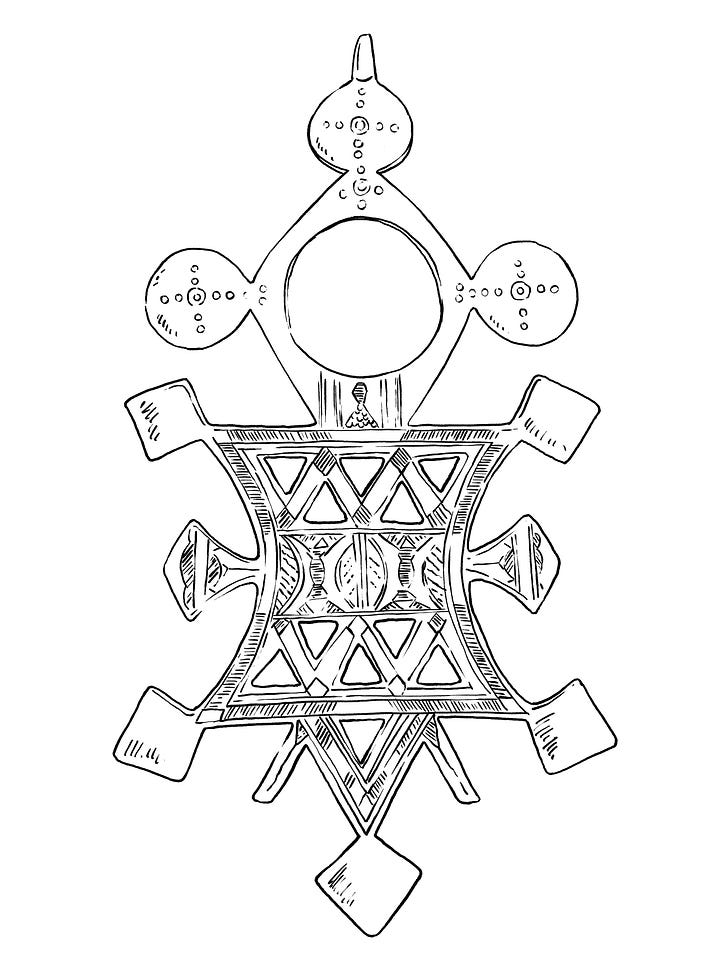
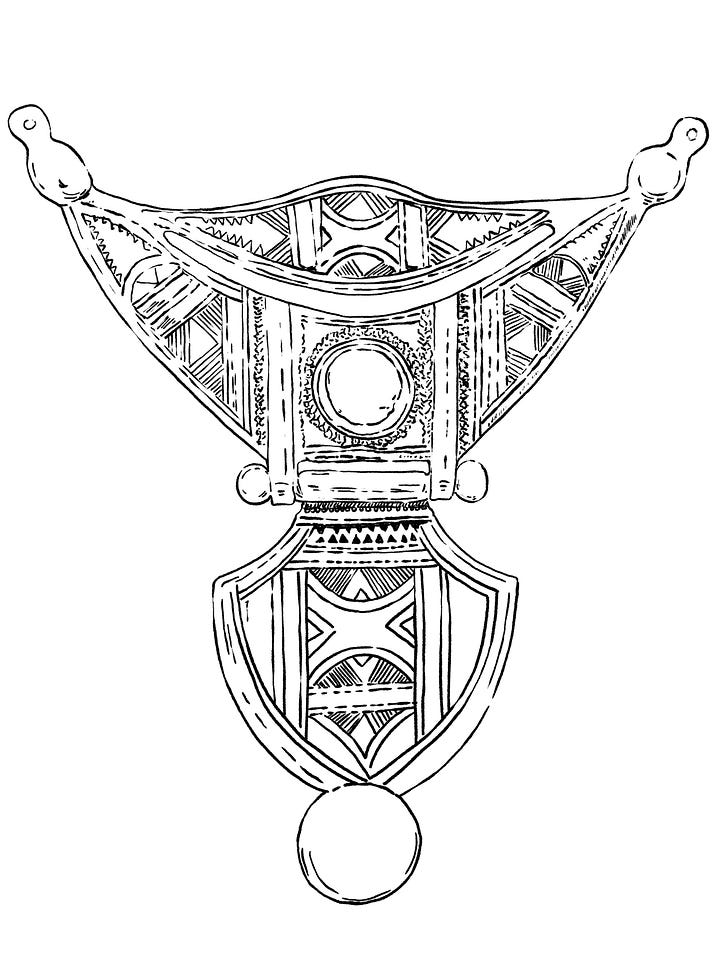
What kind of research did you do?
Travel in Morocco, a lot of book research, time spent with historians who were experts in that era and culture, as well as what I call immersive research – cooking food, listening to music, wearing jewellery, etc. It helps me bring stories to life for my readers. It was a difficult time and place to research as there’s very little written about it compared to, for example, Ancient Rome, which I’ve also researched and where there was a huge abundance of material to look through. Oral cultures often lose a lot of their history [by it not] being preserved in writing, so it makes them even more precious to write about, I think. Also, of course, during the research, I realised women’s stories are lost even more so than men’s – Yusuf bin Tashfin had hundreds of pages written about him with great details of all the battles he fought in. Zaynab boiled down to a longish paragraph, even though she was quite clearly a complex and fascinating woman. I hope I did her justice.
Which publishing routes have you taken for these books during their lifetime so far and why?
They were initially turned down by publishers and agents who said that time and [that] place was too unknown – no one had ever heard of either and they suggested I write about the Tudors instead… I politely declined! I self-published and they’ve had hundreds of lovely reviews from readers and wonderful feedback from organisations.
“Extensive knowledge and research show in the vivid descriptions of North African religions, not only Muslim but Christian and Jewish as well. Highly recommended.”
— Historical Novel Society
Recently I was contacted by a publisher who wants to republish them, so now I’m trying that route too… it’s all a fun adventure.
Choice of covers (current/past)
The original ones were doors – real photos from Morocco including the door of an Amazigh tent in the desert. But they didn’t fit the genre well enough. I changed them to be the faces of the women, which better conveyed the genre but started to look a little tired after a few years, so then I went with the doors again but more elaborately created by designer Jessica Bell: the outer part is a photo of a real door, through which you see an illustrated landscape. I kind of liked this approach reflecting the balance of fact/fiction you have to manage in historical fiction: that’s a topic I wrote about for my PhD in Creative Writing, so I appreciated it being visually presented in the covers. Also from cover research within the genre it was clear that an Islamic style door shape strongly located readers in a Muslim society. Now that they’re about to be republished, we’ll see what new covers they receive. Each new set of covers allows you to see them in a different light, just like audiobooks do. Most of my audiobook narrators for this series had North African heritage, which I thought was important. Do Not Awaken Love was tricky as it had to balance Islamic features with Christian features, but I liked the end result.
What do readers like best about them?
They like seeing things from different perspectives and they really like exploring a very different time and place that challenges their expectations: so perhaps all those agents and publishers might like to think more broadly, since readers clearly do!
Did you know, despite it being a Muslim culture, that it was the Amazigh men who kept their faces fully veiled, while women wore headwraps but did not veil their faces at all?
Most of my readers say they’ve never read anything about this culture – but it’s full of fascinating ways of life, characters and historical events.
Are there (perhaps older) books that feature your era/location/culture but in a minor or diminishing way?
Any book or film starring the legend of El Cid really focuses on him and hardly at all on the people he’s fighting, who are just ‘the Moors’ – actually, that’s the people I’m writing about and so if you’ve enjoyed reading about him or seeing the famous film, you might like to explore the culture of the people he was in battles against… spoiler alert, my side won!
Who do I wish I could meet from the books
Zaynab, queen of Morocco and co-founder of the Islamic empire her husband ruled over. It still annoys me that someone who was recognised as clearly unusual and fascinating even at the time gets little more than a long paragraph in history. I would have liked to have known how exactly her life played out: I made educated guesses and fictional choices but to be in her presence and get the details would be wonderful.
You can find out more about Melissa and other historical fiction series she has written and self-published, here.
Now read on …
Part 2 of Writing African History shows my answers to the same questions.
See you there!
cm





